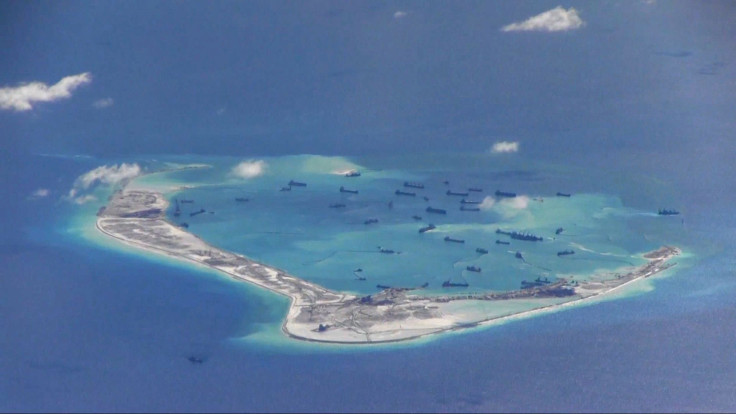China Test Fires Anti-Ship Missile In Disputed South China Sea
The United States has once again lashed out at China, this time for test firing an anti-ship missile in the disputed South China Sea. The Pentagon has condemned the latest Chinese action for continued militarization in the disputed waters.
Lt. Col. Dave Eastburn, the Pentagon spokesman in an official statement said the Pentagon was very much aware of the Chinese missile launch from the man-made structures in the South China Sea near the Spratly Islands. Eastburn described the missile launch as truly disturbing as it is in direct contradiction to the Chinese Premiere President Xi Jinping’s statement in the 2015 Rose Garden. “He had pledged to the U.S., the Asia-Pacific region and the world, that he would not militarize those man-made outposts,” Eastburn said.
Over the weekend, China in a notice to the mariners had announced that it would be conducting military exercises until Wednesday in the large area of the South China Sea, north of the Spratly Islands. A U.S. official confirmed that the Chinese had carried out an anti-ship ballistic missile test and fired at least one missile into the disputed seas. Observers had said that the missile could have been a DF-21D, a land-based weapon also known as the aircraft carrier killer, which has a range of 1,500 km.
The launch is especially concerning to the United States, which regularly conducts "freedom of navigation" operations in the region. On May 6, two Arleigh Burke-class guided missile destroyers, USS Preble and USS Chung Hoon, sailed within 12 nautical miles of Gaven and Johnson Reefs in the South China Sea.
Analysts, according to the South China Morning Post, said Beijing was flexing its military muscle and boosting its bargaining power ahead of the next round of negotiations with the United States. Ni Lexiong, a Shanghai-based military scholar said the latest test was a "tactic."
For years, China has been staking claim that the South China Sea is its territory. But the sovereign claim has been murky, according to South China Morning Post, because of the use of a segmented, vaguely located borderline known as the nine-dash line. Moreover, a United Nations Tribunal in July 2016 had ruled that Beijing had no legal basis to claim the area within the dashed lines.
According to Ian J. Storey, a senior fellow at Yusof Ishak Institute in Singapore, if China does indicate its claim in the South China Sea by a continuous line which joins up the nine dashes, it would represent a complete repudiation of the July 2016 arbital tribunal ruling. Storey said the move would cause deep concern in the capitals of the Southeast Asia and beyond.

© Copyright IBTimes 2024. All rights reserved.




















